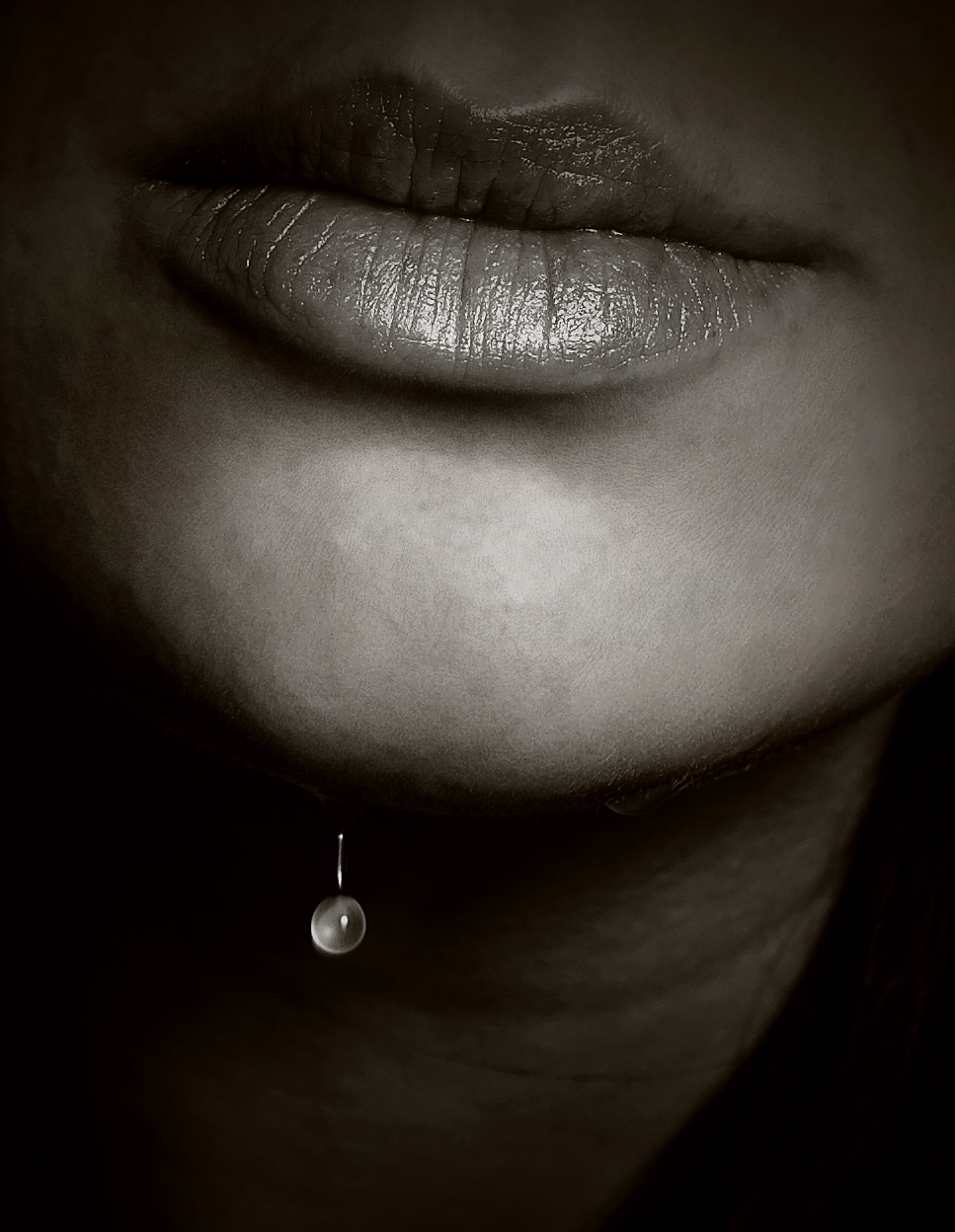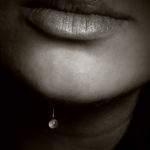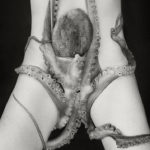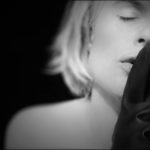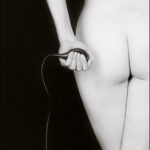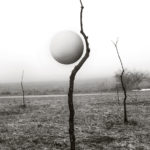Chehalis Hegner
Chehalis Hegner was born in Chicago and began studying music at age 6. When she lost the ability to see in her left eye due to an infection, she turned to photography as a way to embrace the visual world. Hegner’s early years were strongly influenced by her mother’s political involvement in the women’s movement and her ad agency father’s interest in Playboy culture. This dichotomy continues to inspire an interest in creating viewer experiences that encourage meaningful dialog about human relationships and the world we live in.
In 2010 Chehalis received the Gjion Mili Photography Prize (Kosovo.) She has exhibited in solo and group exhibitions in the U.S. and Europe in galleries including The Photographic Resource Center (Boston), The Art Institute of Boston, Maryland Art Place (Baltimore, MD), St. Gauden’s National Historic Site (Cornish, NH), The Cultural Center (Varigotti, Italy), Interlochen Arts Academy (MI), the MIT Museum in Cambridge, Perspective Gallery (Evanston, IL) and the National Gallery of Art in Kosovo.
In 2005 Chehalis Hegner received her MFA in Photography at Lesley University in Cambridge, MA. Chehalis served as a faculty member within the Department of Art and Design at University of Massachusetts until 2015. She currently works as a full-time artist and portrait photographer. She and her husband, Arthur Ganson (kinetic sculptor) share their creative life at Halo Hill Studios in northern Illinois, about an hour from Chicago.
Chehalis is a member of the American Society of Media Photographers, Chicago Women in Photography, and The Society of Photographic Educators. While living in the Boston area, she served on the board of directors at The Photographic Resource Center at Boston University where she focused her energies on development, strategic planning, and programming.
Of her work Chehalis writes: “Photography is a moment-by-moment collaboration with life. Through this voice, I archive the evidence of our collective human story as I see it. Responding to the beauty of those who are willing to trust me with their vulnerabilities, I photograph moments that are vulgar, humorous, triumphant, beautiful, or a combination of all these things. When a bridge is built between the lens and the unfolding moments in time, when my eye begins to deeply converse with the infinite possibilities of perception, that is the Melting Point — the place where lens, eye, and subject merge into one.”

